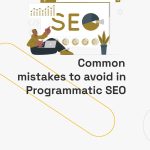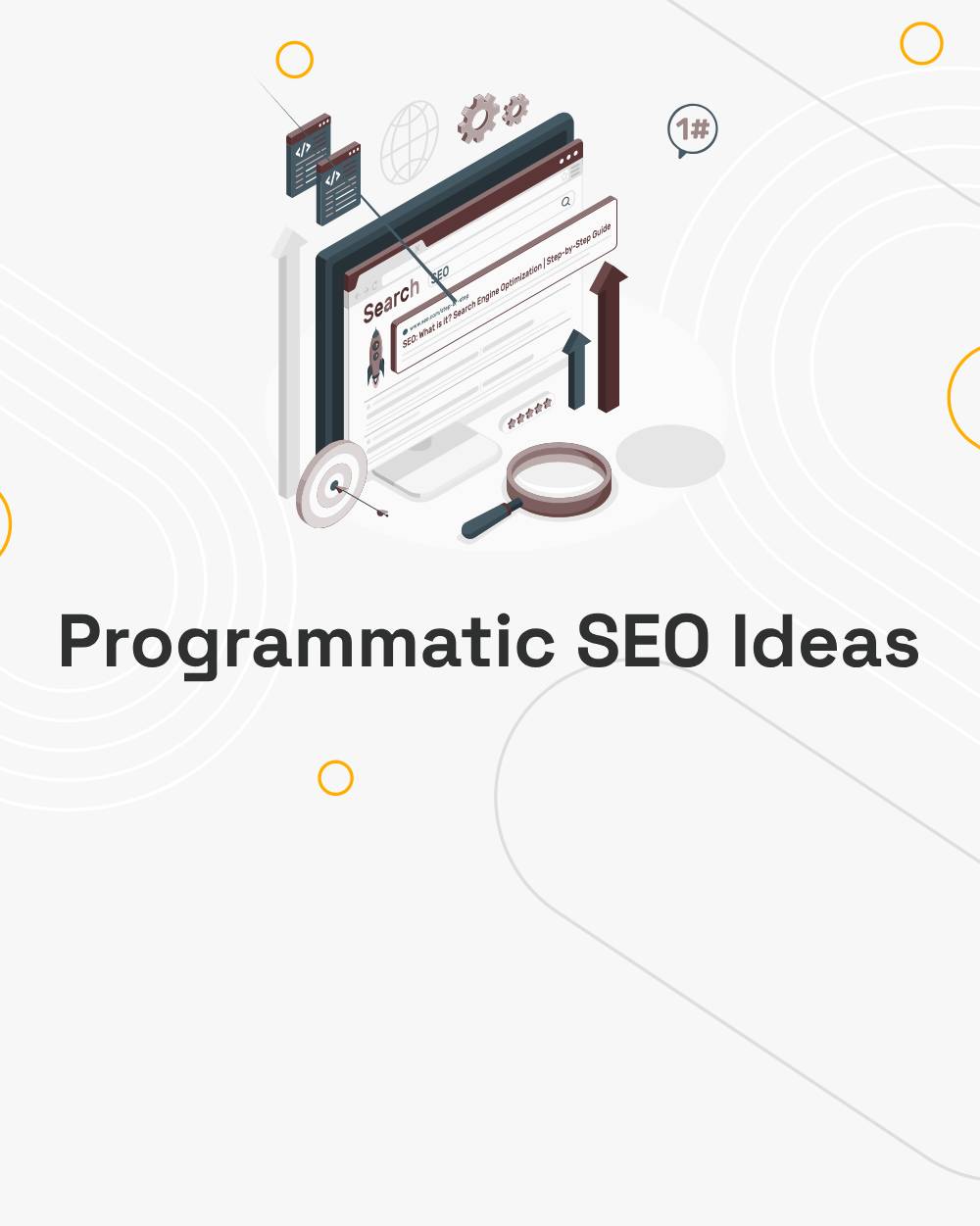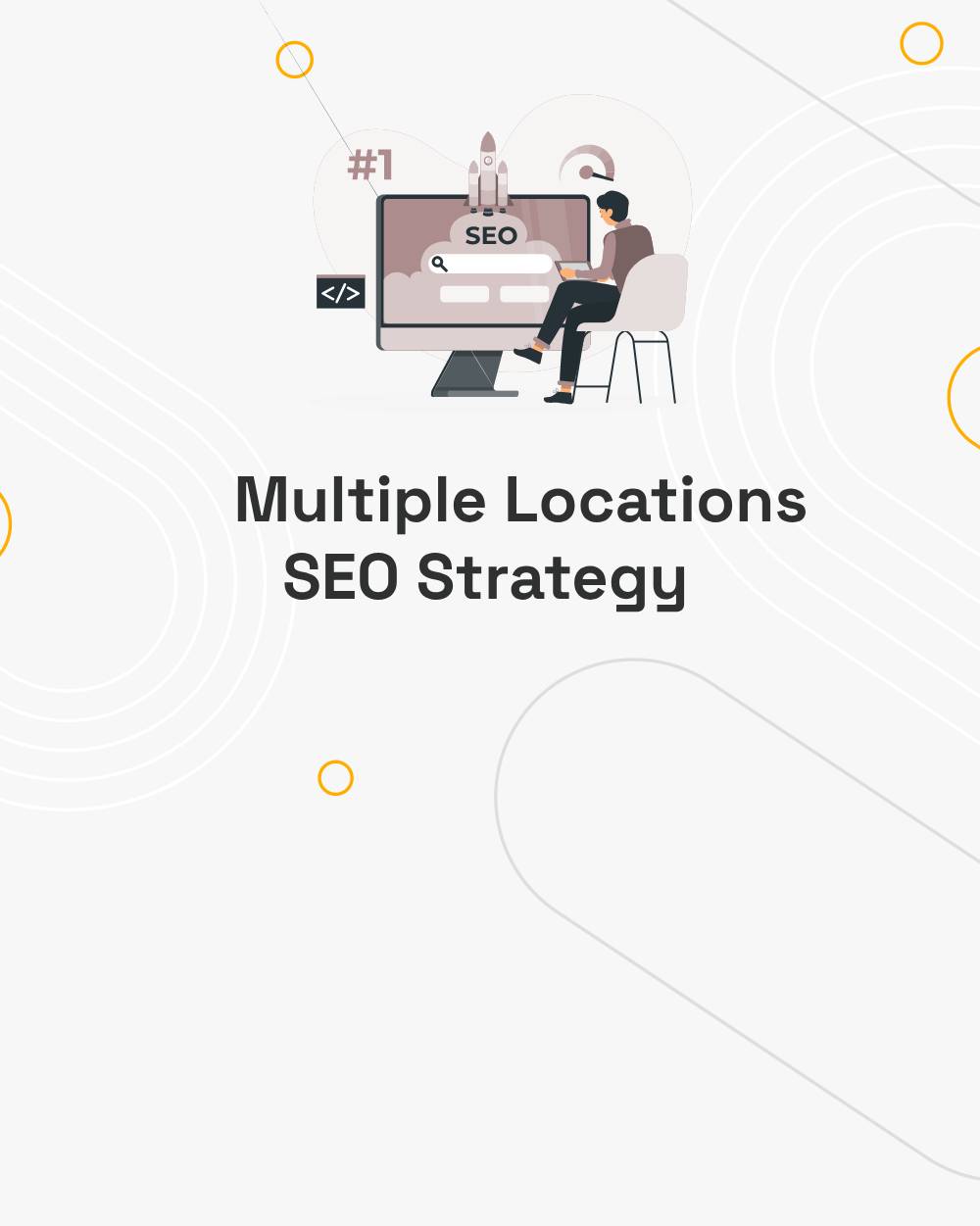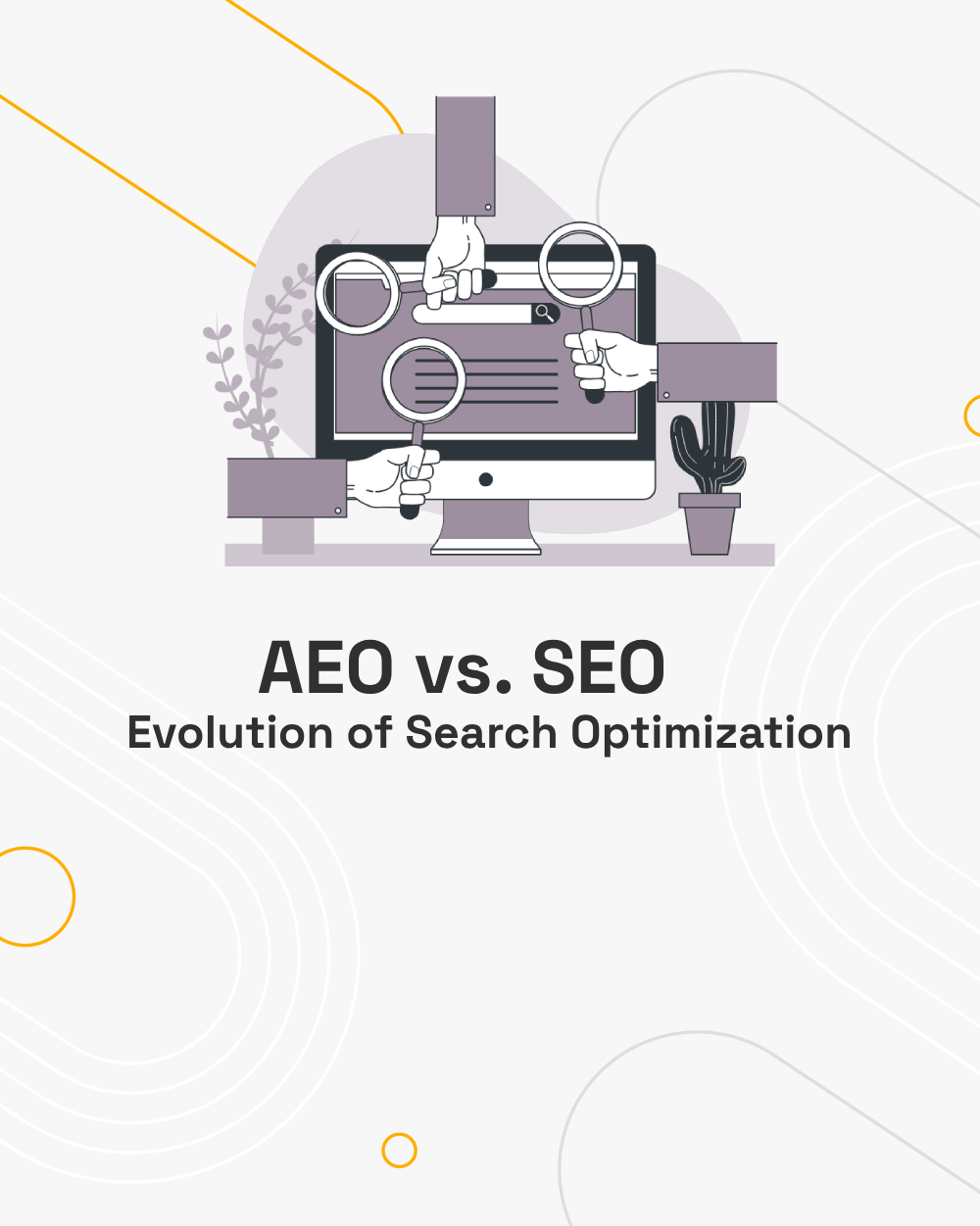Programmatic SEO for Small Businesses: Is it Worth it?
- Kaisar Hamid
- 0 Comments
In today’s digital landscape, small businesses are constantly searching for effective ways to increase their online visibility and attract more customers. One strategy that’s gained significant attention is programmatic SEO. But what exactly is it, and more importantly, is it a worthwhile investment for small businesses? Let’s dive deep into this topic and explore everything you need to know to make an informed decision.
What is Programmatic SEO?
Programmatic SEO is the practice of automatically generating large numbers of targeted web pages at scale using data-driven templates and automation. Instead of manually creating individual pages, businesses use templates and databases to produce hundreds or thousands of pages that target specific long-tail keywords and search queries.
For example, a local restaurant directory might automatically generate pages for “Best Italian Restaurants in [City]” for thousands of different cities, using a combination of templates and location data. This approach allows businesses to capture highly specific search traffic without manually creating each page.
The Benefits of Programmatic SEO for Small Businesses
1. Cost-Effective Scale
One of the most compelling advantages of programmatic SEO is its ability to create content at scale without proportionally increasing costs. Once you’ve set up your templates and systems, you can generate thousands of pages at minimal additional cost, potentially capturing long-tail traffic that would be impossible to target manually.
2. Targeted Local Presence
For small businesses operating in multiple locations or serving different geographical areas, programmatic SEO can help create location-specific content that targets local search queries. This is particularly valuable for businesses looking to expand their reach across different markets.
3. Competitive Advantage
Many small businesses haven’t yet adopted programmatic SEO, making it a potential competitive advantage. By implementing it effectively, you can capture specific niches and long-tail keywords that your competitors might be overlooking.
4. Time Efficiency
While the initial setup requires significant effort, programmatic SEO can save enormous amounts of time in the long run. Instead of manually creating and optimizing hundreds of pages, you can focus on improving your templates and data quality.
The Challenges and Considerations
1. Initial Investment
Implementing programmatic SEO requires significant upfront investment in:
- Technical infrastructure
- Data collection and management
- Template development
- Quality control systems
For small businesses with limited resources, this initial investment can be substantial.
2. Technical Expertise Required
Successful programmatic SEO implementation demands technical expertise in:
- Programming and automation
- Database management
- SEO best practices
- Content template creation
Small businesses might need to hire specialists or invest in training existing staff.
3. Quality Control Challenges
Maintaining content quality across thousands of automatically generated pages can be challenging. Poor implementation can lead to:
- Duplicate content issues
- Low-quality or thin content
- Google penalties
- Negative user experience
4. Regular Maintenance
Programmatic SEO isn’t a “set it and forget it” solution. It requires ongoing maintenance:
- Updating templates
- Refreshing data
- Monitoring performance
- Adjusting strategies based on algorithm updates
Is It Worth It? Making the Decision
The decision to implement programmatic SEO isn’t one-size-fits-all. Let’s examine each crucial factor in detail to help you make an informed choice for your small business.
1. Business Model and Scale
Multiple Location Operations
If your business operates across different cities, states, or countries, programmatic SEO becomes increasingly valuable. For example, a chain of fitness centers could automatically generate location-specific pages that target searches like “yoga classes in [City]” or “personal trainer in [Neighborhood].” The ability to create hundreds of locally optimized pages can significantly boost your visibility in each market without manual content creation.
Product Catalog Management
Businesses with extensive product catalogs stand to benefit substantially. Consider an e-commerce store selling automotive parts. With thousands of products that fit different car makes, models, and years, programmatic SEO can automatically generate optimized pages for specific searches like “2018 Toyota Camry brake pads” or “Honda Civic 2020 oil filter.” This granular targeting would be nearly impossible to achieve manually.
Customer Segment Targeting
Companies serving diverse customer segments can leverage programmatic SEO to create tailored content for each group. A business consultancy might generate specific pages for “business planning for [industry]” or “financial forecasting for [business type],” ensuring they appear in searches relevant to each potential client segment.
Scalable Services
Service-based businesses with standardized offerings across locations or industries are prime candidates. A cleaning service company could create pages for “office cleaning in [City]” or “residential cleaning services in [Neighborhood],” scaling their online presence alongside their business growth.
2. Available Resources
Technical Expertise Requirements
Implementing programmatic SEO demands specific technical skills:
- Programming knowledge for automation systems
- Database management expertise
- Understanding of API integrations
- SEO technical optimization experience
- Web development capabilities
Without in-house expertise, you’ll need to budget for either hiring specialists or partnering with agencies that offer these services.
Quality Data Sources
Success depends heavily on access to reliable data sources:
- Location databases for geographic targeting
- Product information management systems
- Customer behavior data
- Market research databases
- Competitor analysis tools
The quality of your data directly impacts the effectiveness of your programmatic SEO efforts. Poor or outdated data can lead to inaccurate content that damages your reputation.
Content Creation Capabilities
While programmatic SEO automates page generation, you still need strong content creation capabilities:
- Template writers who understand SEO
- Subject matter experts for accuracy review
- Editors for quality control
- Content strategists for template optimization
- Local market knowledge for relevant content
Implementation and Maintenance Budget
Consider both initial and ongoing costs:
- Setup costs: $5,000 – $50,000+ depending on complexity
- Monthly maintenance: $1,000 – $5,000+
- Content updates and optimization
- Technical infrastructure
- Monitoring and analytics tools
- Staff training and development
3. Competition and Market Analysis
Market Saturation Assessment
Before investing in programmatic SEO, thoroughly analyze your market:
- Identify existing programmatic SEO players
- Evaluate content quality in your space
- Assess market entry barriers
- Map out content gaps and opportunities
- Determine potential for differentiation
Competitor Strategy Evaluation
Study how your competitors approach content creation:
- Analyze their content structure
- Identify their target keywords
- Assess their content quality
- Review their location coverage
- Examine their update frequency
Understanding competitor strategies helps you identify opportunities and avoid oversaturated approaches.
Search Volume Analysis
Conduct comprehensive keyword research:
- Identify total addressable search volume
- Analyze seasonal trends
- Evaluate keyword difficulty
- Calculate potential traffic value
- Assess conversion potential
For example, a home services business might find thousands of monthly searches for location-specific services, justifying the investment in programmatic SEO.
Local Market Opportunities
Evaluate specific opportunities in each target market:
- Local search trends
- Competition levels by location
- Regional service demands
- Cultural and demographic factors
- Local regulations and requirements
This analysis helps prioritize markets and customize content appropriately.
ROI Calculation Framework
To determine if programmatic SEO is worth it for your business, use this simple framework:
- Potential Revenue = (Monthly Search Volume × Expected CTR × Conversion Rate × Average Order Value)
- Implementation Costs = (Setup Costs + Monthly Maintenance × 12)
- ROI = (Potential Revenue – Implementation Costs) / Implementation Costs
For example:
- Monthly searches: 100,000
- Expected CTR: 3%
- Conversion rate: 2%
- Average order value: $200
- Annual potential revenue: $144,000
- Implementation cost: $30,000
- First-year ROI: 380%
Best Practices for Implementation
If you decide to pursue programmatic SEO, follow these best practices:
1. Start Small
Begin with a pilot project targeting a specific segment or location. This allows you to:
- Test your approach
- Identify potential issues
- Refine your templates
- Validate the ROI before scaling
2. Focus on Quality
Ensure your generated content provides genuine value by:
- Using high-quality data sources
- Creating detailed, informative templates
- Implementing robust quality control measures
- Regular content audits and updates
3. Monitor Performance
Track key metrics including:
- Organic traffic growth
- Conversion rates
- User engagement metrics
- Search engine rankings
- ROI on implementation costs
4. Stay Compliant
Maintain search engine compliance by:
- Following Google’s guidelines
- Avoiding duplicate content
- Providing unique value in each generated page
- Implementing proper canonical tags and site structure
Alternative Strategies to Consider
If programmatic SEO isn’t right for your business, consider these alternatives:
- Traditional Local SEO Focus on optimizing for your primary service areas with manually created, high-quality content.
- Content Marketing Invest in creating detailed, valuable content that addresses your target audience’s specific needs.
- Hybrid Approach Combine limited programmatic SEO with traditional content creation for a balanced strategy.
Conclusion
Programmatic SEO can be a powerful tool for small businesses, but it’s not suitable for everyone. The decision to implement it should be based on careful consideration of your business model, available resources, and long-term digital marketing strategy.
For businesses with the right combination of technical capabilities, data access, and scalable offerings, programmatic SEO can provide a significant competitive advantage and ROI. However, businesses with limited resources or highly specialized, location-specific services might find traditional SEO approaches more beneficial.
The key is to thoroughly evaluate your specific situation and make an informed decision based on your business goals, resources, and target market. Remember that successful SEO, whether programmatic or traditional, requires ongoing commitment and adaptation to changing search engine algorithms and user behaviors.
Before making your decision, consider conducting a small-scale test or consulting with SEO professionals who can evaluate your specific situation and provide tailored recommendations.




